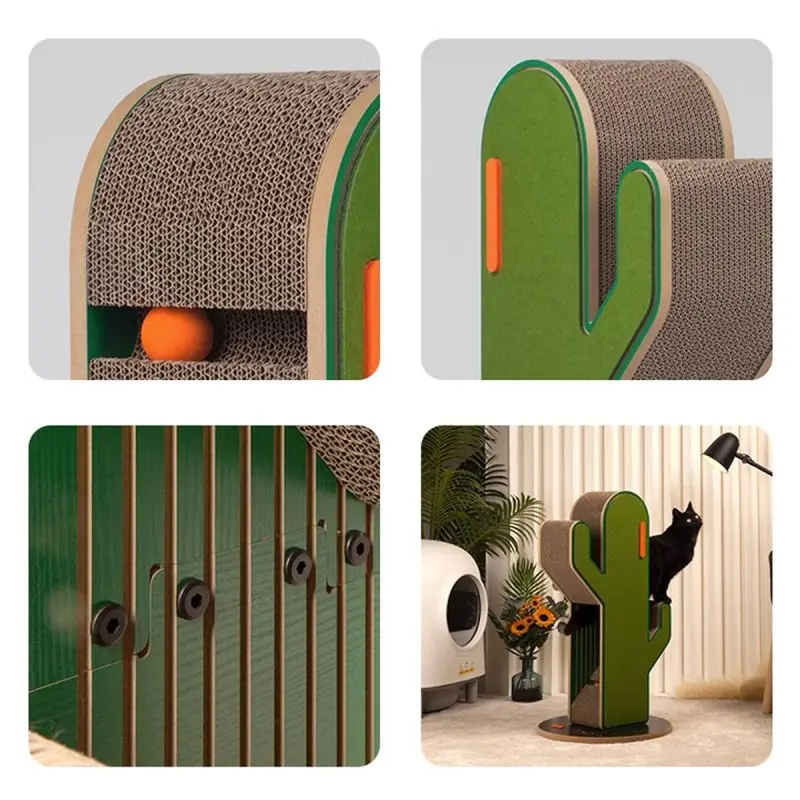Cat trees are not only a great addition to your feline friend’s entertainment and exercise home, but they also provide a safe space for them to climb, scratch, and rest. However, it is crucial to ensure that the cat tree is properly secured to prevent any accidents or injuries. In this blog, we will discuss the importance of anchoring a cat tree and give you some tips on how to anchor effectively.
Securing a cat tree is essential for a number of reasons. First, a sturdy and safe cat tree will prevent it from tipping over when cats climb or play in it. This is especially important for larger or energetic cats, as their movements may cause the tree to become unstable. Additionally, a fixed cat tree can protect your furniture and walls from being scratched or damaged by the movement of the tree.
There are several ways to secure a cat tree, depending on the size of the cat tree and the space available in your home. One of the easiest ways to do this is to use brackets or straps to secure your cat tree to the wall. This will provide additional support and stability, especially for taller or more delicate cat trees. Make sure to use sturdy, durable hardware to secure the brackets or straps to the wall and cat tree. Additionally, you can use furniture straps or anti-tip brackets to secure the cat tree to the floor, especially if it is placed on carpet or an uneven surface.
Another effective way to secure a cat tree is to use a weighted base. This is especially useful for smaller or less complex cat trees that may not require wall or floor anchoring. You can use sandbags, weights, or a specially designed base to provide extra stability and prevent the cat tree from tipping over. Make sure to place the weighted base in a secluded area, such as behind a tree or under a deck, to maintain the appearance of your cat tree.
In addition to securing the cat tree, it is also important to check it regularly and maintain its stability. Over time, the tree’s materials may wear away, or the hardware may loosen, compromising its stability. Make a habit of checking your cat tree for any signs of wobbling or instability, and tightening any loose screws or brackets as needed. If you notice any damage or wear, consider repairing or replacing the affected parts to ensure the continued stability and safety of your tree.
All in all, securing a cat tree is vital to the safety of your feline friends and the protection of your home. By using the correct anchoring methods and regularly maintaining your tree’s stability, you can provide your cat with a safe, enjoyable environment to play and relax. So, take the time to properly secure your cat tree and give your furry friend a safe and stable space.
Post time: Dec-05-2023

